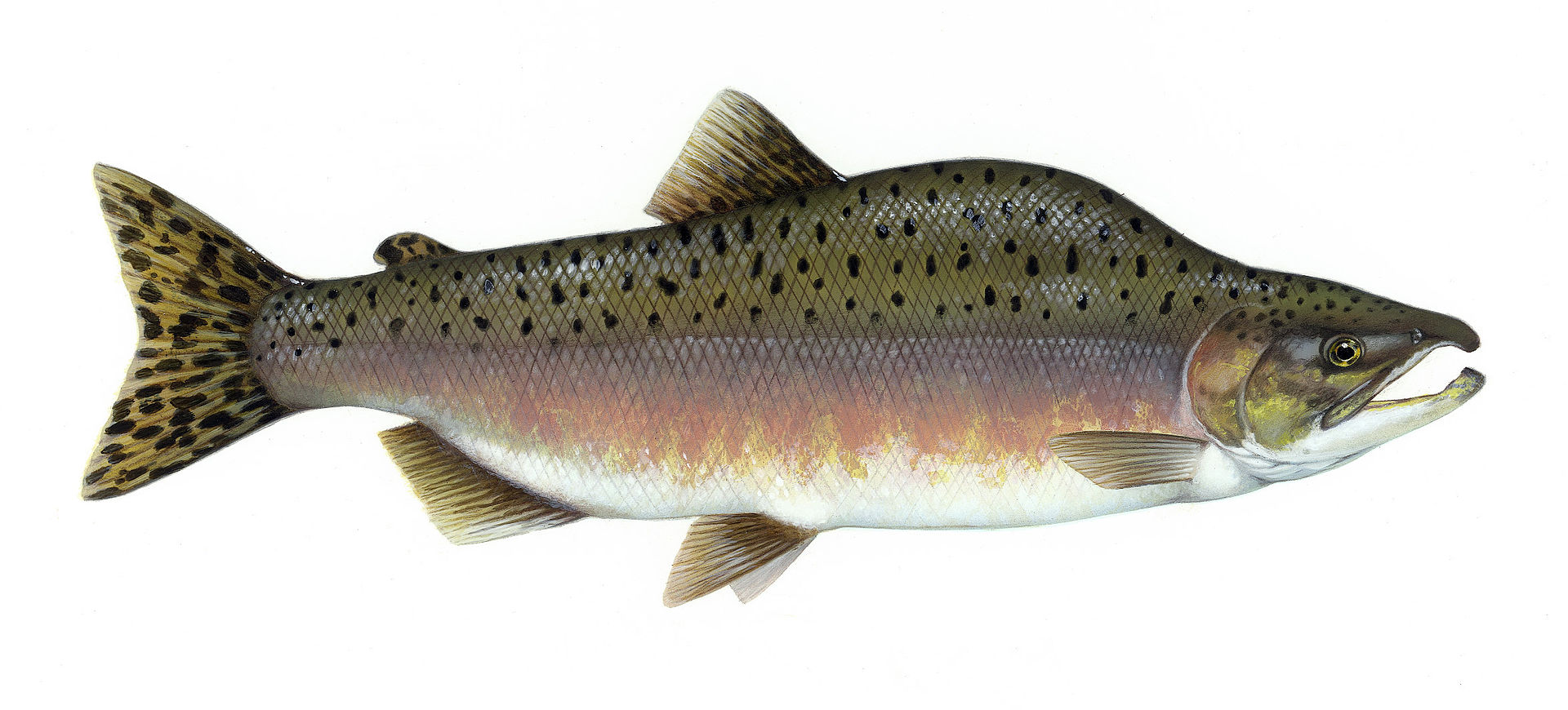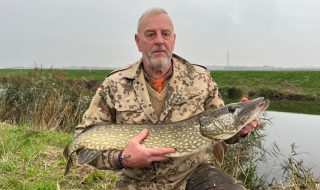Pink or Pacific salmon have been turning up in Irish rivers.
Pic: Wiki
Anglers and scientists have been left somewhat baffled as the PACIFIC salmon has started turning up in Irish and Scottish rivers.
The fish, which originates off the west coasts of the USA and Canada, have been reported in the last couple of weeks on the Foxford and Coolcronan fisheries on the River Moy in Mayo, the Galway Fishery on the River Corrib, the River Cong and the Drowes Fishery on the Donegal-Leitrim border. There are also reports from Scotland of the pink, hump backed species of salmon. In 2007 one was caught in Cornwall and in 2015 a pink salmon was reported on Scotland’s River Spey. But this latest influx in Ireland is the largest on record.
Inland Fisheries Ireland (IFI) is aware of the sightings and catches, and says that it is a concern because of the possible impact it could have on the run of Atlantic salmon, which still draws anglers from all over the world. Anyone catching or seeing one is urged to report it to the fishing authorities, who are encouraging anglers to keep fish so tests can be carried out to try and ascertain where they are coming from.
One possibility is that the Pacific species have headed south from rivers in Russia, where they were introduced in the 1960s. It’s thought to be extremely unlikely that they have migrated across the Atlantic Ocean because of their relatively small size.
Shane Gallagher, manager of the Drowes fishery, confirmed that one angler on his waters hooked and landed a 5lb Pacific salmon.
About the Pacific Salmon
In the ocean, Pacific or ‘pink’ salmon are bright silver fish. After returning to their spawning streams, their colouring changes to pale grey on the back with yellowish-white belly (although some turn an overall dull green colour). As with all salmon, in addition to the dorsal fin, they also have an adipose fin. The fish is characterised by a white mouth with black gums, no teeth on the tongue, large oval-shaped black spots on the back, a v-shaped tail, and an anal fin with 13-17 soft rays. During their spawning migration, males develop a pronounced humped back, hence their nickname “humpies”. Pink salmon average 4.8 pounds (2.2 kg) in weight. The maximum recorded size was 30 inches (76 cm) and 15 pounds (6.8 kg). The native range of the species is in the Pacific and Arctic coastal waters and rivers, from the Sacramento River in northern California to the Mackenzie River in Canada; and in the west from the Lena River in Siberia to Korea and Honshu in Japan. In Europe, pink salmon have been periodically introduced to rivers of the White Sea and Barents Sea basins in Russia.
Source:Wiki






